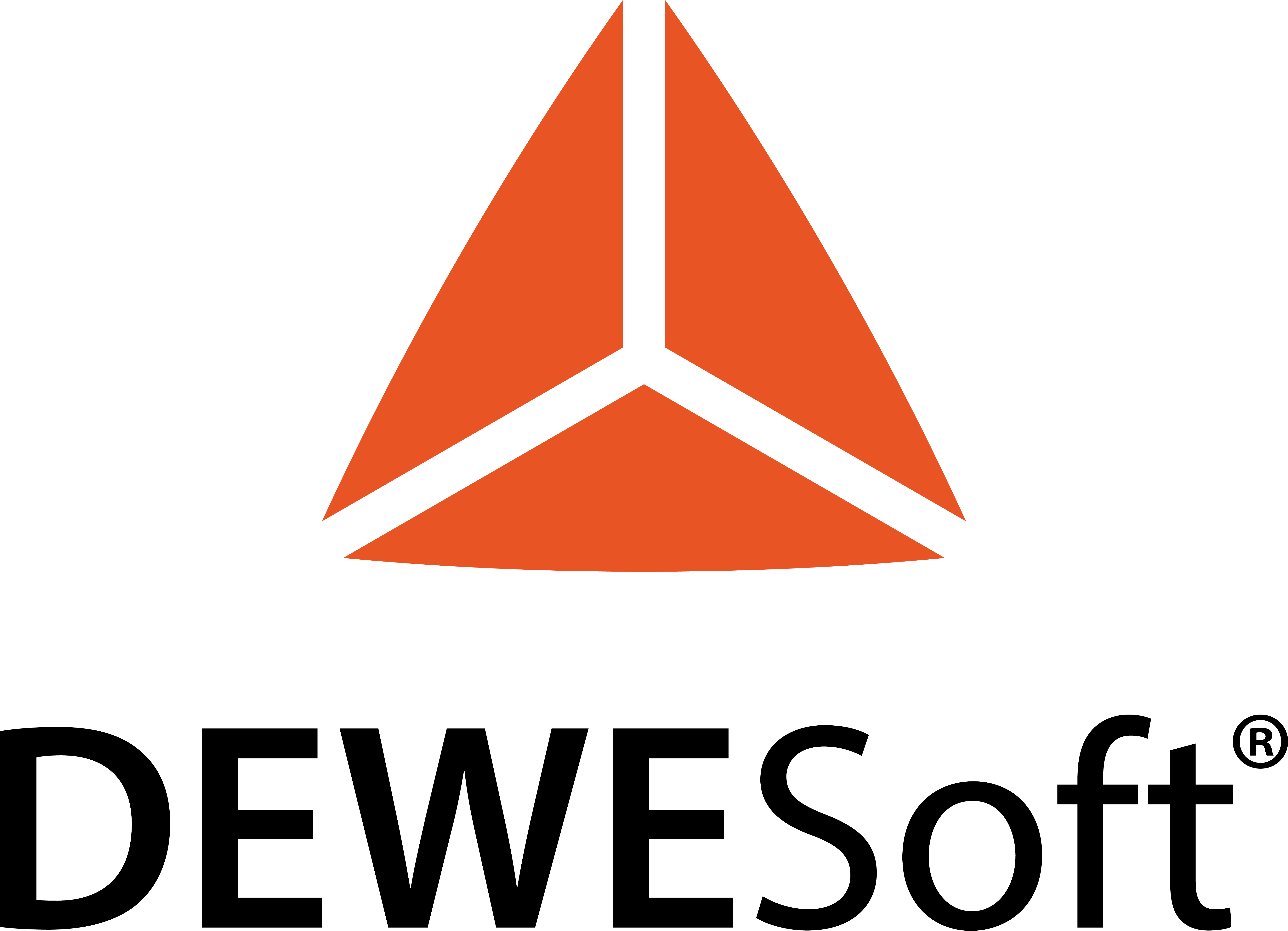Focus on...
DC-DC converters
Peter Donaldson investigates the technology that underpins these essential voltage switching devices. In modern pure electric and hybrid vehicles, battery voltages of 300- 400 V is becoming common, 600 V is gaining ground and 800 V systems are starting to emerge, all to help produce more power yet keep...

















